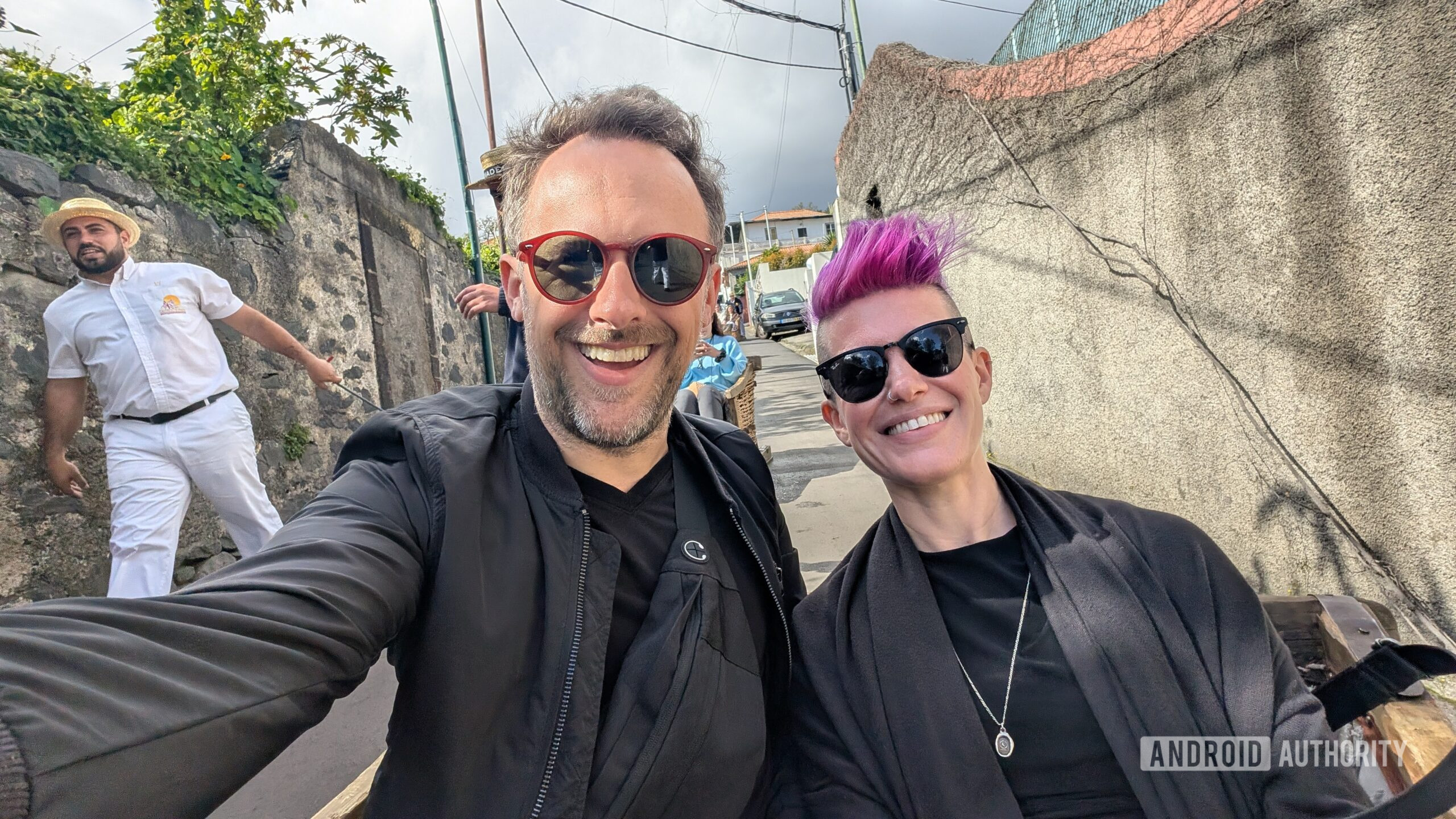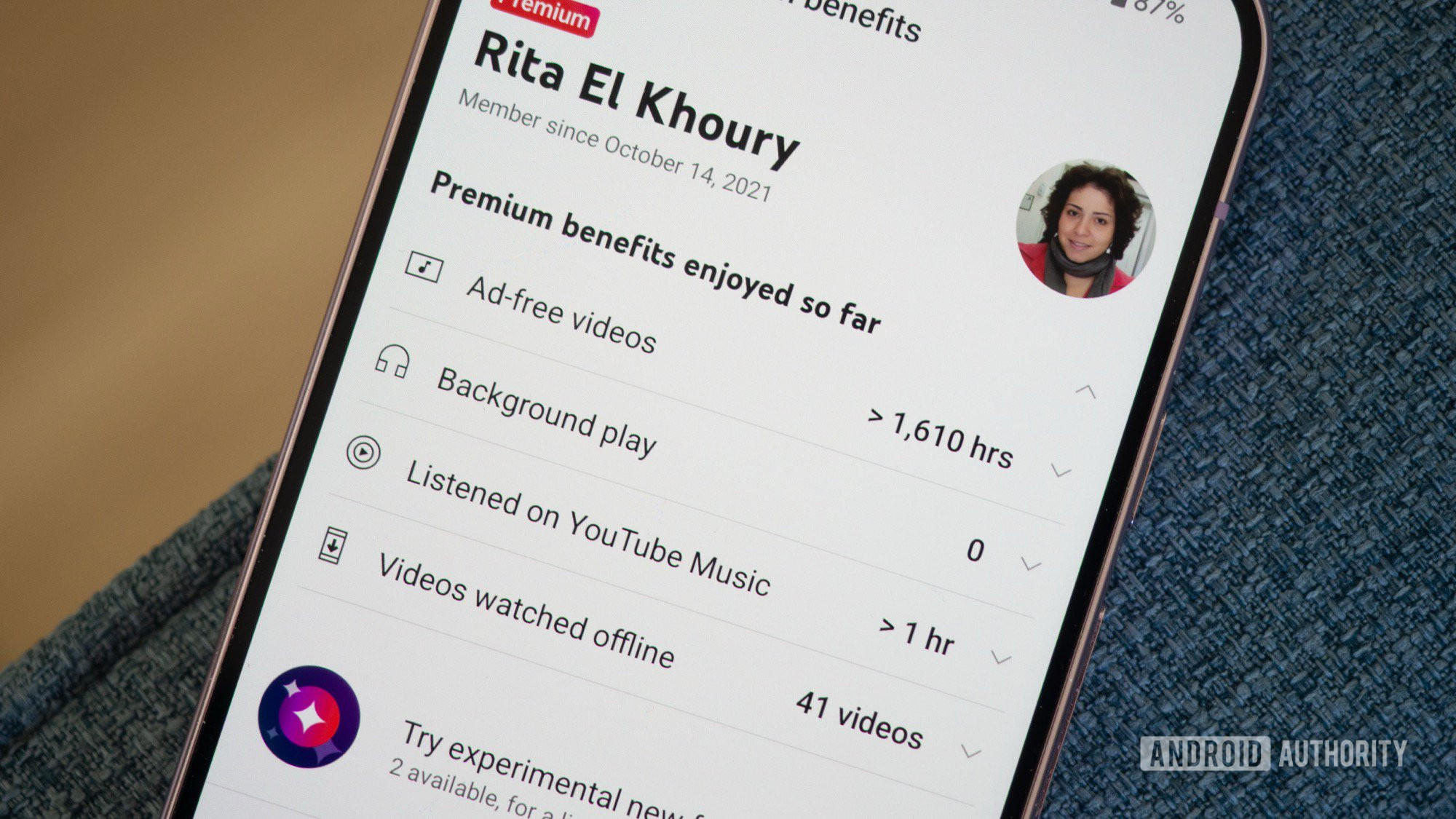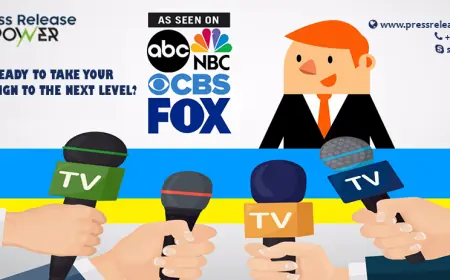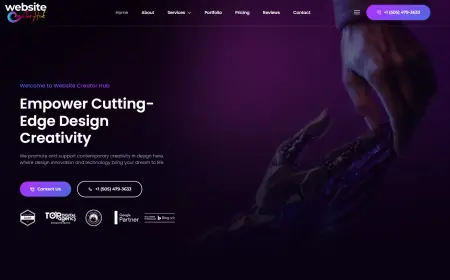E-Learning PPC Advertising | Online Course Ads
E-Learning PPC Advertising
In the ever-evolving digital landscape, e-learning has emerged as a dynamic and influential industry. As the demand for online education grows, so does the need for effective promotional strategies. E-learning PPC (Pay-Per-Click) advertising offers a powerful way to reach a targeted audience, drive traffic to educational platforms, and convert prospects into students. This comprehensive guide explores the nuances of e-learning PPC advertising and how to master it for optimal results.
Advertise Now!
What is E-Learning PPC Advertising?
Understanding PPC Advertising
Pay-per-click (PPC) advertising is a digital marketing model where advertisers pay a fee each time their ad is clicked. It's a method of buying visits to your site rather than attempting to earn them organically. PPC ads can appear on search engines, social media platforms, and various websites.
The Relevance of PPC in E-Learning
For e-learning platforms, PPC advertising is particularly beneficial. It allows you to target specific demographics, regions, and interests, ensuring your ads reach those most likely to enroll in your courses. This targeted approach increases the efficiency of your marketing budget and maximizes your return on investment (ROI).
Setting Up Your E-Learning PPC Campaign
Step 1: Define Your Objectives
Before launching your campaign, it's crucial to outline your goals. Common objectives for e-learning PPC advertising include:
-
Increasing course enrollments
-
Building brand awareness
-
Driving traffic to your website
-
Generating leads
Step 2: Identify Your Target Audience
Understanding your audience is essential for effective PPC advertising. Identify key demographics such as age, gender, location, educational background, and interests. Tools like Google Analytics and social media insights can help you gather this information.
Step 3: Choose the Right Keywords
Keywords are the foundation of your PPC campaign. Conduct thorough keyword research to identify terms your potential students are searching for. Use tools like Google Keyword Planner, SEMrush, or Ahrefs to find high-volume, low-competition keywords related to e-learning.
Step 4: Create a Compelling Ad Copy
Your ad copy should be engaging and persuasive. Highlight the unique selling points (USPs) of your courses, such as accreditation, experienced instructors, flexible schedules, or affordable pricing. Include a strong call-to-action (CTA) to encourage clicks.
Step 5: Design Effective Landing Pages
Once users click on your ad, they should be directed to a landing page that matches the ad's promise. Ensure your landing page is visually appealing, easy to navigate, and includes relevant information about the course. Incorporate testimonials, course previews, and clear CTAs to guide users toward enrollment.
Optimizing Your E-Learning PPC Campaign
Step 1: Monitor and Analyze Performance
Regularly track the performance of your PPC campaigns using tools like Google Analytics and Google Ads. Monitor metrics such as click-through rate (CTR), conversion rate, cost per click (CPC), and ROI. This data will help you identify what's working and what needs improvement.
Step 2: A/B Testing
A/B testing involves creating multiple versions of your ads or landing pages to see which performs better. Test different headlines, ad copy, images, and CTAs to determine what resonates most with your audience.
Step 3: Adjust Your Bids
Optimize your bids based on the performance data. Increase bids for high-performing keywords and decrease or pause bids for underperforming ones. This will help you allocate your budget more effectively and improve your overall campaign performance.
Step 4: Refine Your Targeting
Continuously refine your audience targeting based on the data collected. Adjust demographics, interests, and behaviors to better align with your ideal student profile. This will help you reach a more qualified audience and increase your chances of conversion.
Advanced Strategies for Promoting E-Learning
Leveraging Remarketing
Remarketing allows you to target users who have previously visited your website but didn't convert. By displaying ads to these users as they browse other sites, you can remind them of your courses and encourage them to return and complete their enrollment.
Utilizing Social Media Advertising
Social media platforms like Facebook, Instagram, LinkedIn, and Twitter offer powerful advertising options. Use these platforms to create targeted ads that reach users based on their interests, behaviors, and connections. Social media ads can be highly effective for building brand awareness and driving engagement.
Exploring Video Ads
Video ads are engaging and can effectively convey the value of your e-learning courses. Platforms like YouTube and Facebook support video advertising. Create short, informative videos that highlight the benefits of your courses and include a CTA directing viewers to your landing page.
Implementing Content Marketing
Integrate your PPC efforts with content marketing strategies. Create valuable content such as blog posts, webinars, eBooks, and infographics that address your audience's pain points and interests. Promote this content through your PPC ads to attract and nurture leads.
Measuring Success and Adjusting Your Strategy
Key Performance Indicators (KPIs)
Identify the KPIs that align with your campaign objectives. Common KPIs for e-learning PPC advertising include:
-
Click-through rate (CTR)
-
Conversion rate
-
Cost per acquisition (CPA)
-
Return on ad spend (ROAS)
-
Enrollment numbers
Regular Reporting
Generate regular reports to assess the performance of your PPC campaigns. Use this data to make informed decisions and adjust your strategy as needed. Reporting tools within Google Ads and other PPC platforms can provide valuable insights.
Continuous Improvement
PPC advertising is an ongoing process. Continuously analyze your data, test new strategies, and make adjustments to improve your campaigns. Stay updated with industry trends and best practices to keep your e-learning platform competitive.
Harnessing the Power of Analytics
Using Google Analytics
Google Analytics is an essential tool for tracking and analyzing the performance of your e-learning PPC campaigns. Set up goals to measure specific actions such as course enrollments, contact form submissions, and newsletter sign-ups. Use this data to gain insights into user behavior and optimize your campaigns accordingly.
Conversion Tracking
Implement conversion tracking to measure the effectiveness of your PPC ads. By tracking conversions, you can determine which ads, keywords, and landing pages are driving the most enrollments. This information is crucial for refining your strategy and improving ROI.
Heatmaps and User Behavior Tools
Tools like Hotjar and Crazy Egg provide heatmaps and user behavior analytics. These tools allow you to see where users are clicking, scrolling, and spending the most time on your landing pages. Use this data to make informed decisions about page layout, design, and content placement.
Case Studies and Success Stories
Case Study: Boosting Enrollment with Targeted PPC Ads
XYZ E-Learning Platform implemented a targeted PPC campaign focusing on high-intent keywords and compelling ad copy. By A/B testing different ad variations and optimizing landing pages, they saw a 35% increase in course enrollments within three months. This case study highlights the importance of continuous optimization and data-driven decision-making.
Case Study: Leveraging Remarketing for Increased Conversions
ABC Online Courses used remarketing to re-engage users who had previously visited their site but didn't enroll. By displaying personalized ads across various platforms, they achieved a 20% increase in conversion rates. This case study demonstrates the effectiveness of remarketing in capturing potential students who are already familiar with your brand.
Future Trends in E-Learning PPC Advertising
The Rise of Artificial Intelligence and Automation
AI and automation are revolutionizing PPC advertising. Tools like Google Ads' Smart Bidding use machine learning to optimize bids for maximum conversions. As AI technology advances, expect more sophisticated targeting options, predictive analytics, and personalized ad experiences.
Voice Search Optimization
With the growing popularity of voice-activated devices, optimizing your PPC campaigns for voice search is becoming increasingly important. Focus on long-tail keywords and natural language phrases that users might use when searching for e-learning courses.
The Impact of Video Content
Video content continues to dominate the digital landscape. Incorporate video ads into your PPC strategy to capture the attention of potential students. Video ads can effectively showcase course content, instructor expertise, and student testimonials, leading to higher engagement and conversions.
Conclusion
Mastering e-learning PPC advertising requires a strategic approach, continuous optimization, and a deep understanding of your target audience. By setting clear objectives, conducting thorough keyword research, creating compelling ads, and leveraging advanced strategies like remarketing and video ads, you can effectively promote your online courses and achieve your enrollment goals. Stay informed about industry trends and use analytics to drive data-driven decisions, ensuring long-term success in the competitive e-learning market.
Frequently Asked Questions (FAQs)
What is the cost of PPC advertising for e-learning?
Ans: The cost of PPC advertising can vary based on factors such as keyword competition, target audience, and ad quality. On average, e-learning platforms might spend between $1 to $3 per click, but this can vary widely.
How long does it take to see results from PPC campaigns?
Ans: PPC campaigns can start driving traffic almost immediately after launch. However, it may take a few weeks to gather enough data to make significant optimizations and see substantial results.
Can I run PPC ads on a limited budget?
Ans: Yes, PPC advertising can be scaled to fit different budgets. Start with a smaller budget and gradually increase it as you see positive results. Focus on high-intent keywords and continuously optimize your campaigns for better performance.
What are some common mistakes to avoid in e-learning PPC advertising?
Ans: Common mistakes include targeting too broad an audience, neglecting to optimize landing pages, ignoring negative keywords, and failing to track and analyze performance data. Avoid these pitfalls by regularly monitoring your campaigns and making necessary adjustments.
How can I improve my PPC ad quality score?
Ans: Improving your ad quality score involves creating relevant ad copy, using targeted keywords, optimizing landing pages, and maintaining a good CTR. Higher quality scores can lead to lower CPC and better ad placements.
What's Your Reaction?
 Like
0
Like
0
 Dislike
0
Dislike
0
 Love
0
Love
0
 Funny
0
Funny
0
 Angry
0
Angry
0
 Sad
0
Sad
0
 Wow
0
Wow
0





















































